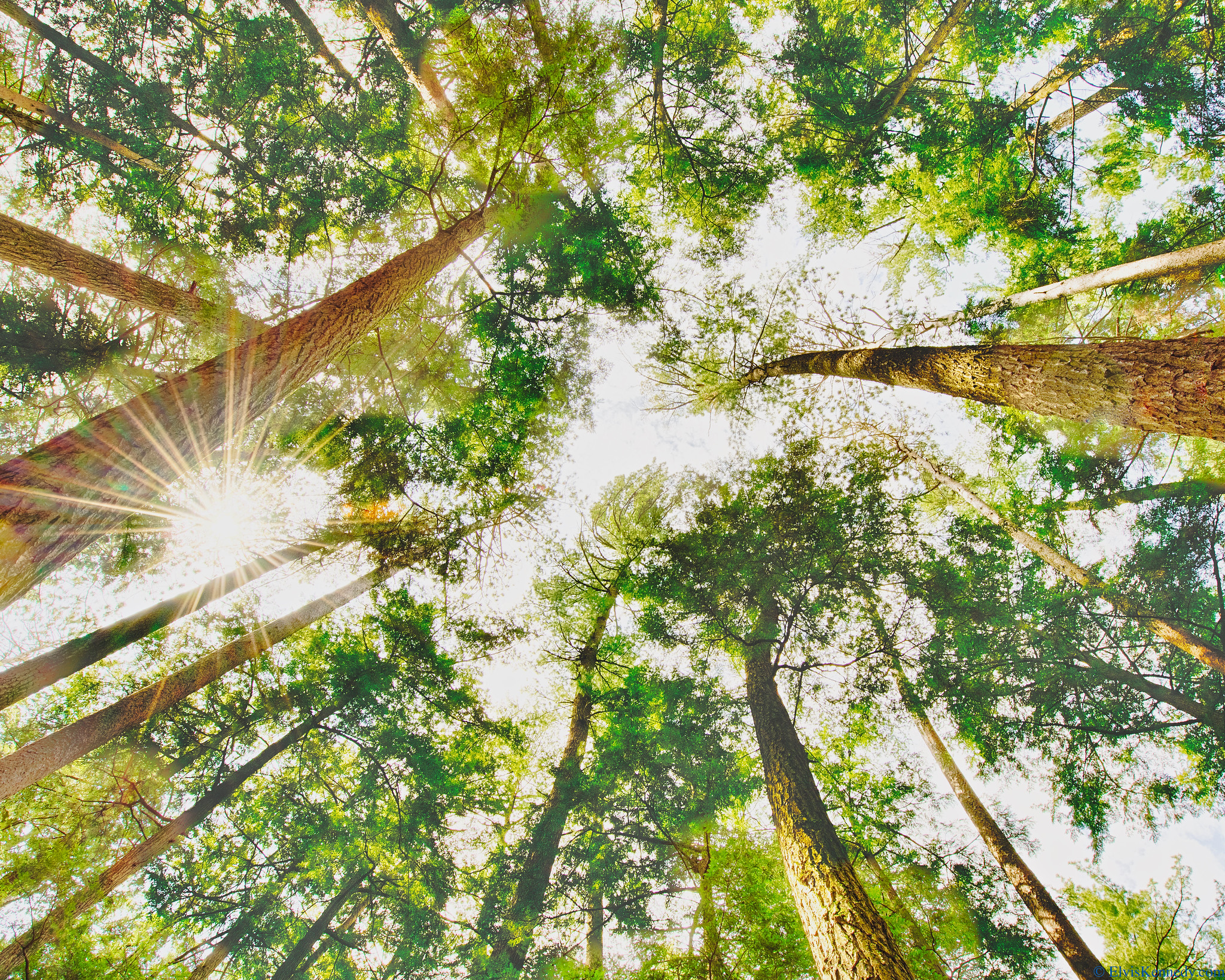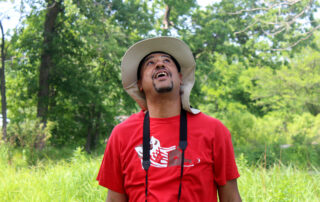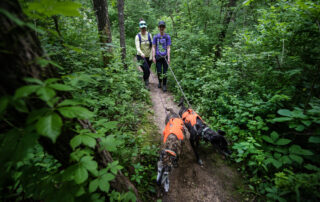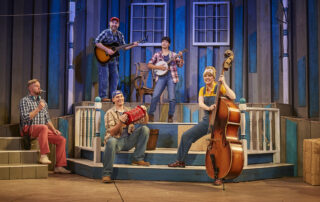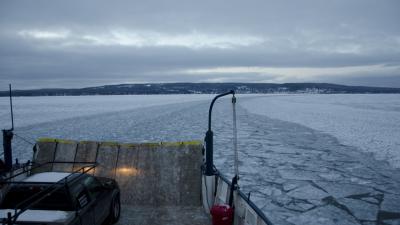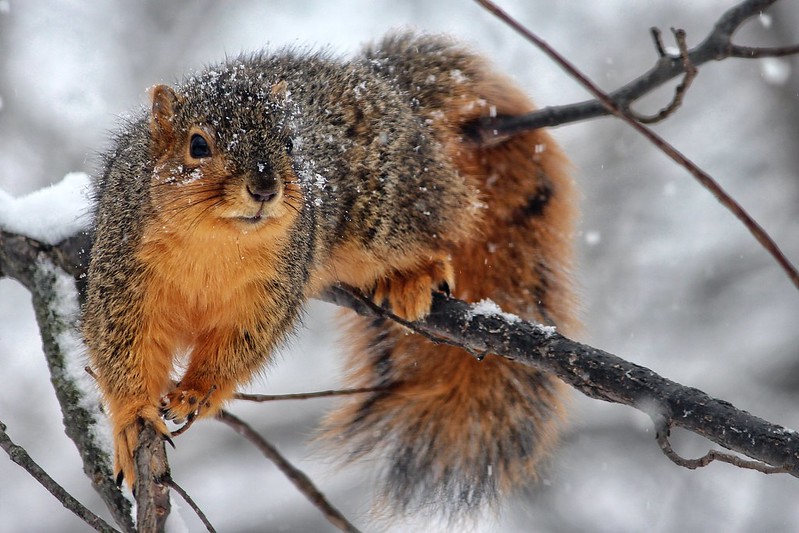A white pine in northern Wisconsin stood for more than 150 years before it met ultimate fate. Writer Ron Weber of Weyerhaeuser reflects on the tree’s resiliency and how its legacy is being preserved for years to come.
==
About the time the Civil War was ending a white pine seed landed in mineral soil and took root in the Oxbo area of the Flambeau River near Winter. Unlike most of its brethren, it was lucky enough to survive those fierce early years of establishment and after a decade stood nearly 5 feet tall. Over the next several decades it saw others succumb to drought, blister rust, tip weevils and even a whitetail buck venting his aggression one October day.
As the U.S. prepared to enter “the war to end all wars” the pine, now a slim 50 year old, was helping fill the void left after the logging era of the late 1800s. As time passed, it continued to send its leader skyward and, like many older beings, started to add girth to its trunk. By the end of the next World War, the 80-year-old pine had secured its place in the canopy with the other survivors of its generation.
As the tree celebrated its 100th birthday, the U.S. wrestled with a variety of social issues, another war, and the reminder that the future of our environment may be too high a price to pay for progress. The pine stood steadfast as a fierce wind blew through on July 4, 1977, changing the face of the forest in a swath of northern Wisconsin. For over 150 years the pine had survived winds, droughts, disease and insects. But like for all things, there is a season.
The end for the big pine came when a trail project was being completed. Though no one wanted to see the tree cut, it was deemed necessary for safety reasons as the upper portion of the tree had been weakened by decay and there was risk of it breaking.
Once cut, three 12-foot logs from the pine were brought to a local sawmill to be sawed and dried into the 3-inch thick slabs which would be used to construct the countertop for the service counter, a coffee table, and benches for the shower facility of the new Flambeau River State Forest headquarters.
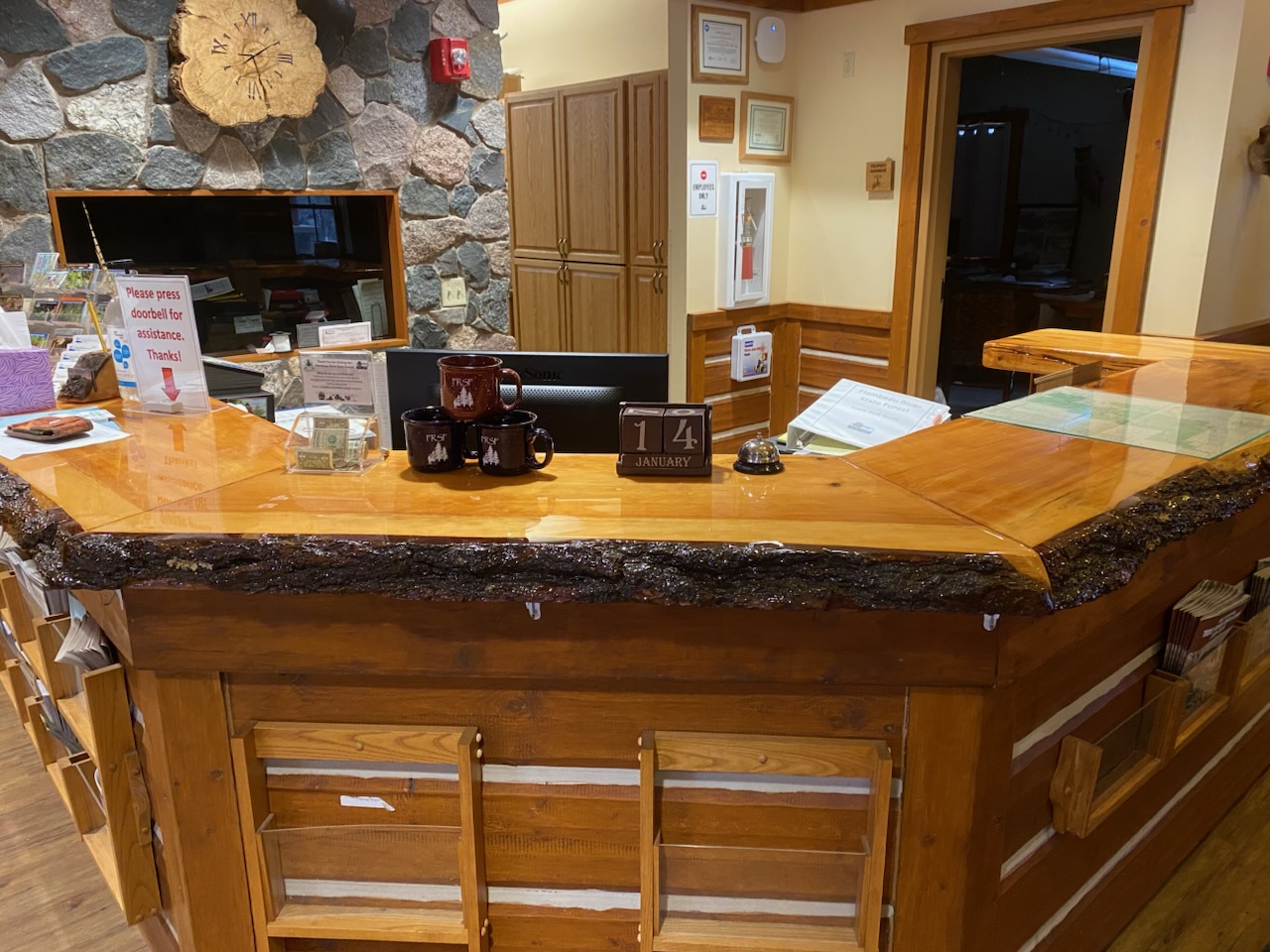
The Flambeau River State Forest headquarters welcome center is now home to desk made from a 150-year-old white pine. Photo by Ron Weber
As work started building the countertop, the tree, which in life was shaped by natural forces and circumstance, would now be shaped by humans into a curved 20-foot long countertop.
With care and precision, measuring twice and cutting once, workers fashioned the pieces into the correct lengths complete with mitered ends as needed. Each piece was sanded smooth and the edges rounded. The pieces were then fitted together with additional sanding required to get the mitered joints tightly fit.
Once all the pieces were joined, next stood the daunting task of lifting the countertop in one piece and placing it on the base. Six staff members arranged themselves around the countertop and, like pall bearers at a funeral, carefully lifted and set it onto its final resting place.
With meticulous care, a thick epoxy finish was applied and air bubbles removed. The end result is a lasting thing of beauty, a real testament to nature, human know-how and as Also Leopold wrote, “the unity of the hodge-podge of events called history.”
Most eulogies are written or spoken. The eulogy for this 150-year-old white pine is preserved there in the countertop for all visitors to see. Maybe they will even take the time to count the rings evident on the end of the countertop and be reminded that throughout history, when humans work thoughtfully with nature, they can accomplish beautiful things.
